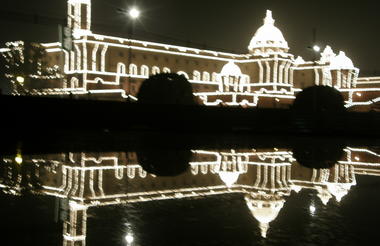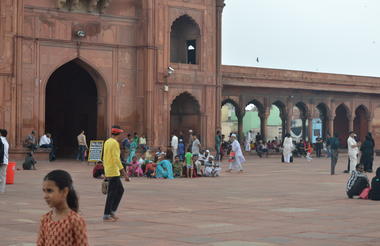Vast, diverse, deeply spiritual and utterly unforgettable, India is unlike anywhere else on earth – a melting pot of ethnicities and religions, a treasure trove of history and culture, and a curious mixture of chaos and serenity. Stretching across more than three million square kilometres, it encompasses a staggering array of landscapes, vistas and environs, and offers unparalleled travel experiences – from the beautiful beaches of Goa, to the compelling craziness of Kolkata, the sacred Ganges river banks of Varanasi, the snow-capped peaks of the Himalayas in Kashmir and the ancient, exquisitely crafted temples dotted across the entire country. Not to mention the vibrant, friendly people, and the incredible cuisine.
India’s capital, New Delhi, lies on the Indo-Gangetic Plain, within the National Capital Territory of Delhi. Made up of the ancient walled city of Old Delhi and the more modern sector, New Delhi, the city encompasses a staggering array of beautiful buildings, including three UNESCO World Heritage Sites – the grand, sandstone Red Fort, striking Qutab Minar, and fascinating Humayun's Tomb. Architecture enthusiasts will delight in the iconic Lotus Temple. Hear ‘qawwalis’ (devotional music) at the dargah (tomb) of the Sufi saint Nizam-ud-din Auliya; or wander through the 17th century Chandni Chowk marketplace – still one of the city’s most popular retail centres today, famous for its traditional jewellery and saris. The gorgeous Sunder Nursery and Lodi Garden provide calm, flower-filled oases for picnicking.



Tucked away in the spectacularly scenic Satpura hills, the Satpura National Park is comprised of 524 square-kilometers of pristine wilderness. The area is known for its towering sandstone peaks and rugged hills, which are cloaked in dense forests and intersected by glistening streams. The park also features a number of narrow gorges and ravines which provide an ideal secluded environment for a diverse array of wildlife including tiger, leopard, four-horned antelope, sambar, nilgai, chital, wild dog, chinkara, wild boar and bison. In addition to the usual game drives by jeep, visitors can look forward to exploring the park on guided safari walks, elephant back safaris, or by canoe or kayak.
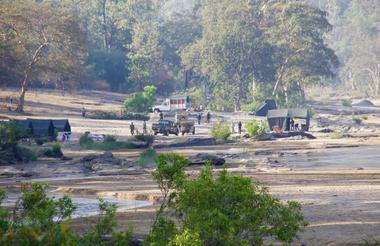
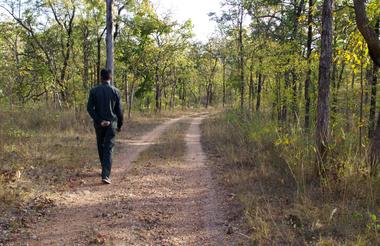
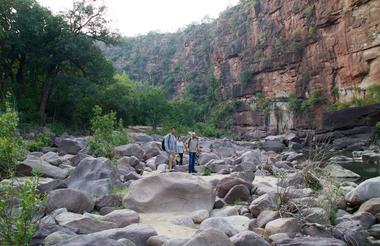
Resting in the lower southern reaches of the Satpuda Hills, in the central Indian state of Madhya Pradesh, Pench National Park is renowned for having the highest concentration of prey, compared to any other park in India. Visitors, therefore, have an increased chance of spotting predatory cats such as leopard and tiger. This impressive expanse of wilderness features a typical central Indian teak jungle and is bisected by the scenic Pench River. Aside from the river, the park also contains several bamboo-lined jungle streams providing a valuable water source for the local wildlife, which includes, among others: wild dog, sloth bear, wolf, jungle cat, hyena, jackal, gaur, sambar, and chital. Pench is also a bird lover's paradise, with over 250 species inhabiting the area, including; parakeets, hornbills, kingfishers, orioles, wagtails and a large selection of birds of prey.
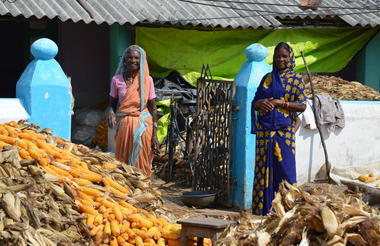
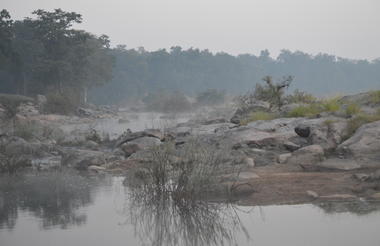
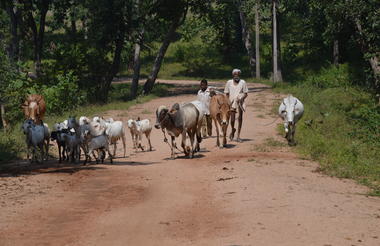
Also known as the Kanha Tiger Reserve, the Kanha National Park is widely considered to be the greatest of India’s wildlife reserves and the inspiration for Rudyard Kipling’s classic, 'The Jungle Book'. This impressive expanse of wilderness is set in the central Indian state of Madhya Pradesh, encompassing about 950 square kilometres of lush rolling hills, peaceful rivers, saal and bamboo forest, and endless stretches of savanna grassland. This spectacularly scenic environment provides a diverse range of habitats for an extraordinary array of wildlife including tigers, leopards, jackals, swamp deer, foxes, porcupines, sloth bears, pythons, hare, chitals, gaur monkeys, mongooses, and hundreds of species of bird.
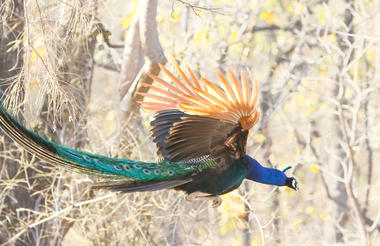
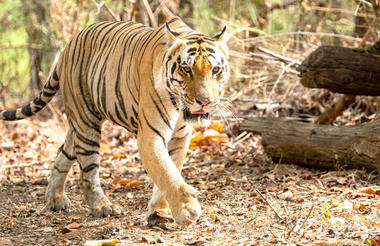
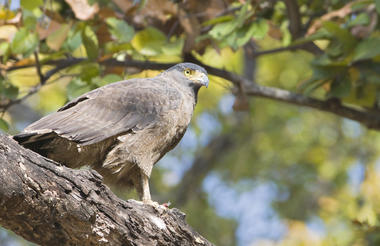
Tucked between towering trees, rocky terrain and agricultural landscapes lies Tala; a small village. A tranquil and awe-inspiring oasis, Tala is ideal for travellers wanting to explore the diverse aspects of Madhya Pradesh and its surroundings. Visitors can look forward to enjoying an array of exciting attractions, which include the fascinating Bandhavgarh Hill; the historical Bandhavgarh Fort; and the magnificent Bandhavgarh National Park, a vast biodiverse area famously known for its high population of royal Bengal tiger, white tiger and leopard. Don’t miss out on a chance to meander through and admire the excellent collection of beautiful wildlife photography at the Baghel Museum.
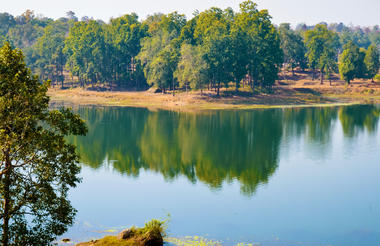
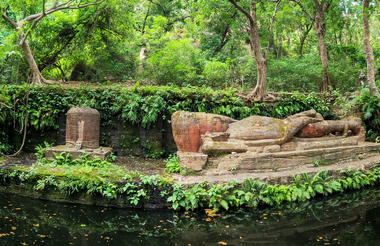
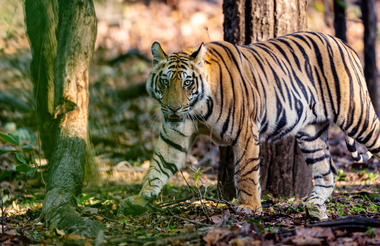
Also known as the Panna Tiger Reserve, the Panna National Park, in the central Indian state of Madhya Pradesh, is an impressive 550-square-kilometer expanse of wilderness characterised by high plateaus, plunging gorges, vast teak forests, and rolling savannah grasslands. From peaceful boat rides watching crocodiles along the banks of the Ken River, to catching glimpses of tigers, leopards and sloth bears on jeep safari, Panna offers wildlife enthusiasts many exciting opportunities. Aside from the park’s famous big cats, visitors can look forward to spotting an array of exotic wildlife species including antelope, deer, monkey, wild dog, hyena, jackal, sloth bear, otter, and over 300 species of birds. Don’t miss the impressive Dhundwa Falls, situated on the Hinouta Plateau, and the Pandava Falls, which feature some remarkable ancient caves.
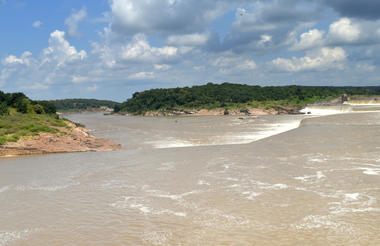
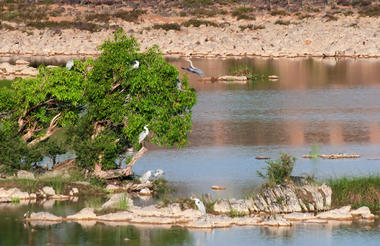
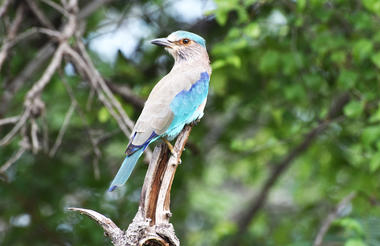
An ancient and deeply sacred city, Varanasi rests along the banks of the holy River Ganges and encompasses a wealth of beautiful riverside temples, stately old forts and vibrant markets. It’s considered the spiritual capital of Hinduism, and it’s widely believed that dying here will bring salvation. As a result, the city is home to a multitude of ghats – stone steps leading to the river –some of which are used for bathing rituals and others as cremation sites. An early morning boat ride along the Ganges offers an excellent way to take in the ghats and the bustling activity centred on them.
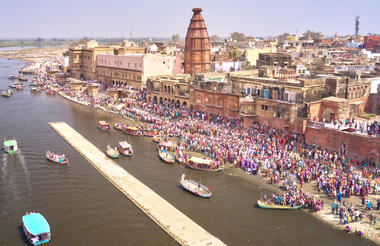
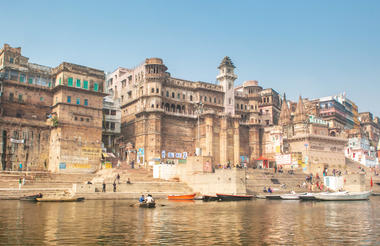
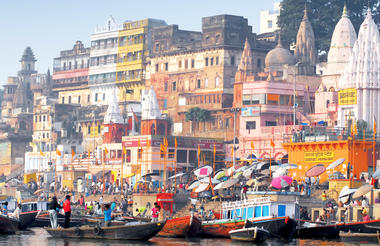
As previously described

